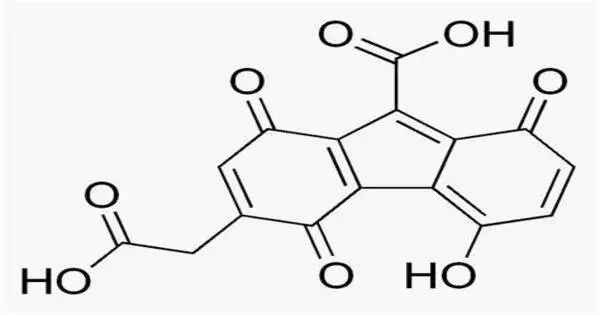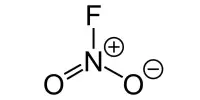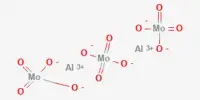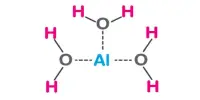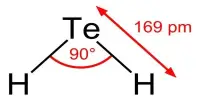Hipposudoric acid is a red pigment found in the skin secretions of the hippopotamus; although the secretions are often known as “blood sweat” (thus the name “hipposudoric”, referring to “hippo sweat”), they are neither blood nor sweat. It is a reddish-orange pigment found in the skin secretions of the common hippopotamus (Hippopotamus amphibius). It acts as a natural sunscreen, providing protection against the sun’s harmful ultraviolet (UV) rays.
Hipposudoric acid, along with its close relative norhipposudoric acid, absorbs UV light in the range of 320 to 400 nanometers. Like its orange-colored analog norhipposudoric acid, hipposudoric acid functions both as a natural sunscreen and as an antimicrobial agent. This helps prevent sunburn and may also inhibit the growth of harmful bacteria on the hippo’s skin.
It is derived from the oxidative dimerization of homogentisic acid. It has been both widely and falsely reported that hipposudoric acid colors hippo milk pink. This is not the case; hippo milk is white or beige in color.
Properties
- Chemical formula: C16H8O8
- Molar mass: 328.232 g·mol−1
- Appearance: Red
Chemical Structure
Chemically, hipposudoric acid belongs to a class of compounds known as porphyrins. It is specifically derived from the oxidation of certain molecules present in the hippo’s skin secretions.
UV Protection
One of the primary functions of hipposudoric acid is to protect hippos from the sun’s harmful UV rays. The pigment absorbs both UVA and UVB radiation, thereby preventing sunburn and potentially harmful effects of prolonged sun exposure on the hippo’s skin.
Antibacterial Properties
Hipposudoric acid also possesses antibacterial properties. It helps to inhibit the growth of bacteria on the hippo’s skin, which is important for maintaining skin health and preventing infections, especially in the warm and muddy environments where hippos typically reside.
Coloration
Hipposudoric acid contributes to the characteristic reddish-brown coloration of a hippo’s skin. This coloration is particularly noticeable when hippos secrete the acid and it mixes with their natural skin oils, creating a distinct reddish hue.
Scientists have been studying hipposudoric acid for its potential applications, including in sunscreen development and pharmaceuticals. Understanding its properties and mechanisms of action could lead to the development of new UV protection products or antibiotics. Overall, it plays a crucial role in the adaptation and survival of hippos in their natural habitat, providing both protection from the sun’s rays and defense against bacterial infections.
